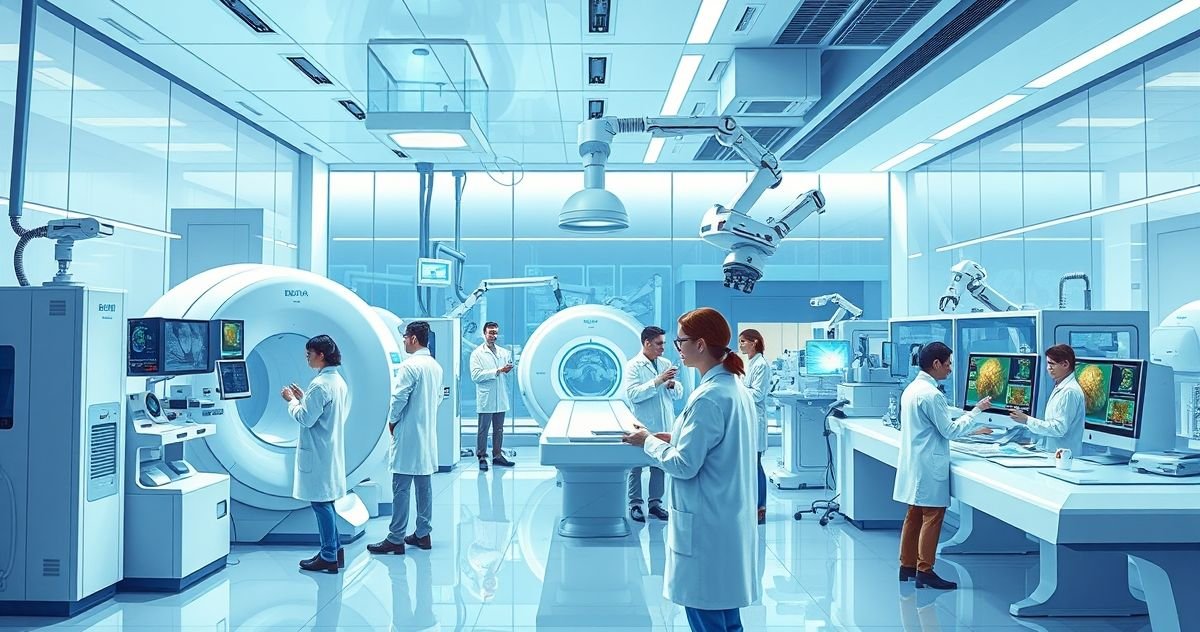Understanding the Medical Device Tax Credit
The Medical Device Tax Credit is an incentive provided by the government to encourage investment and innovation in the medical device industry. This credit is aimed at supporting manufacturers and developers of medical devices by reducing their overall tax liabilities. By providing a financial incentive for companies to invest in research and development, it fosters advancements in healthcare technologies, enhancing patient care and medical innovation.
Primary Purpose
The primary purpose of the Medical Device Tax Credit is to spur growth and development in the medical device sector. It targets reducing the cost burden for companies that are developing new and innovative medical technologies. By doing so, it aims to enhance the availability and quality of medical care solutions in the marketplace.
Key Features or Components
The Medical Device Tax Credit comprises several components, including:
- Eligible Expenses: This credit applies to qualified research and development expenses, including the costs associated with prototyping, testing, and regulatory expenses related to device development.
- Percentage of Credit: Typically, the tax credit offers a specific percentage reduction on eligible expenses. This percentage can vary depending on legislative changes and specific eligibility criteria.
- Designated Devices: Not all devices qualify. The credit tends to focus on those devices that address unmet medical needs or that offer significant advancements in healthcare technology.
Relevant Filing or Compliance Requirements
To claim the Medical Device Tax Credit, businesses must adhere to specific filing requirements and compliance criteria:
- Proper Documentation: Maintaining thorough records of expenses incurred during the development process is crucial. Documentation should include costs and processes directly related to eligible activities.
- IRS Forms and Submission: Companies seeking this credit must fill out and submit the appropriate IRS forms, often accompanied by detailed expense reports and a demonstration of how these expenses relate to qualified activities.
- Adherence to Guidelines: Businesses must ensure they meet all stipulated eligibility requirements, which can include meeting specific innovation or unmet needs criteria.
Penalties or Consequences for Non-Compliance
Failure to comply with the Medical Device Tax Credit regulations can lead to several penalties and consequences:
- Denial of Credit: Non-compliance with the documentation or eligibility criteria may result in the denial of the credit, leading to a higher tax obligation.
- Penalties and Interest: Incorrect claims can prompt the IRS to impose penalties and interest on the underpayment of taxes resulting from the denied credit.
- Audits and Investigations: Inaccurate or fraudulent claims might trigger IRS audits, further complicating the financial standing of a company.
Importance in Tax Resolution and Financial Compliance
The Medical Device Tax Credit plays a significant role in tax planning and resolution for companies involved in the healthcare industry. Leveraging this credit can lead to substantial tax savings, enhancing a company’s ability to invest further in innovation and development. It underscores the importance of compliance and strategic financial planning in minimizing tax obligations while maximizing growth and competitive advantage.
Implementing robust documentation and tax filing processes ensures eligibility and maximizes the financial benefits of the credit. Furthermore, understanding its intricacies can prevent costly penalties, positioning companies better within their industry through enhanced financial compliance and strategic tax planning.
Ultimately, the Medical Device Tax Credit not only aids in financial reduction but serves as a crucial motivator for continual development and advancement in medical technology, positively impacting public health outcomes.

 Chinese (Simplified)
Chinese (Simplified) English
English Spanish
Spanish